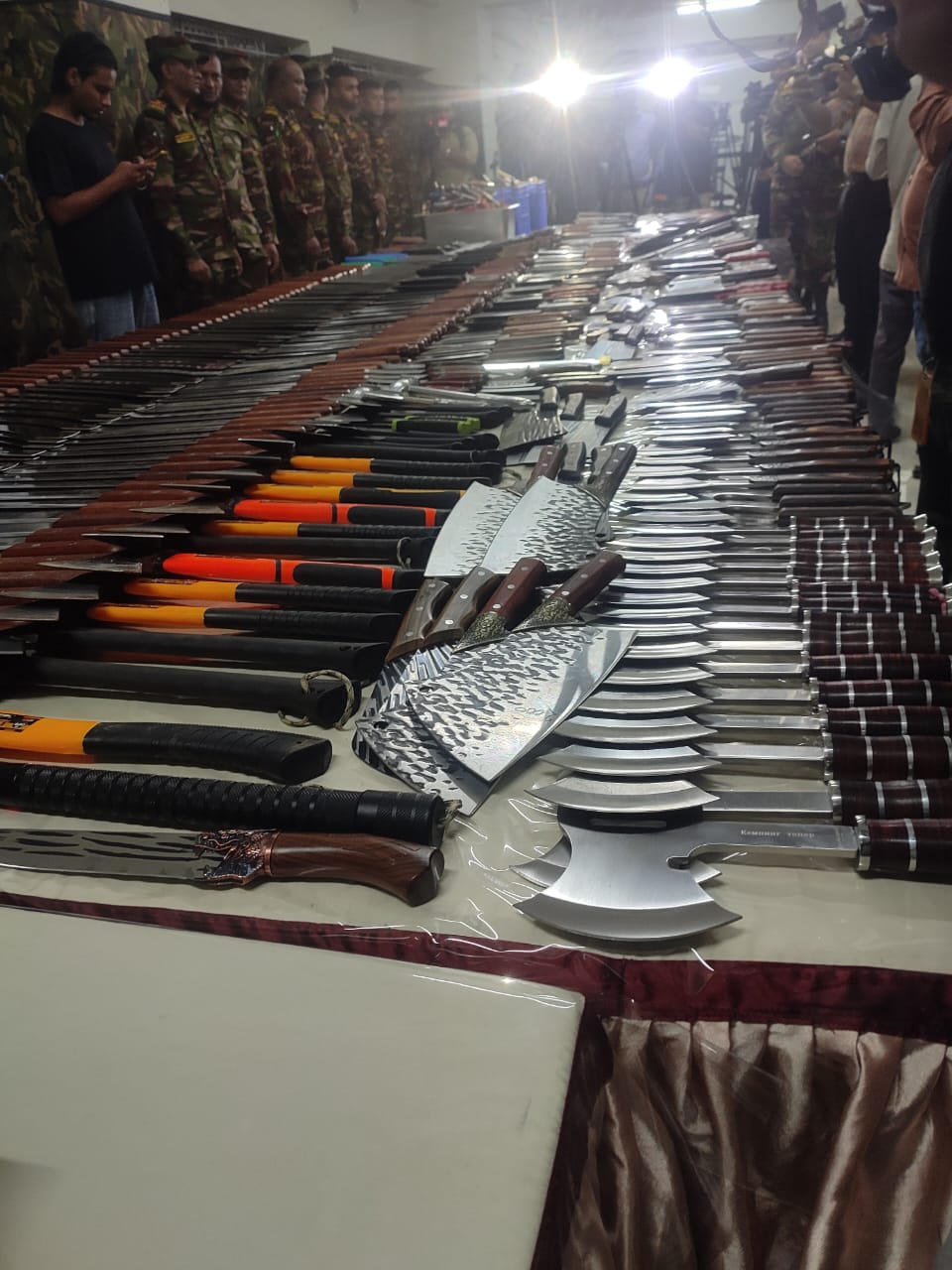With the 13th parliamentary election drawing near, security concerns are mounting over the large cache of stolen firearms and ammunition still unaccounted for since last year’s nationwide uprising.
Law enforcement officials warn that the missing weapons, now in the hands of criminals and armed groups, could pose a serious threat to election security.
According to police records, 1,363 firearms and over 257,000 rounds of ammunition looted from police stations and outposts remain missing. Among these are 32 sophisticated weapons belonging to the Special Security Force (SSF), taken from the Ganabhaban compound.
The looted stock includes rifles, sub-machine guns (SMGs), light machine guns (LMGs), pistols, shotguns, gas guns, tear gas launchers, tear gas shells, tear gas sprays, sound grenades, and various types of ammunition.
Md Tawohidul Haque, associate professor at the Institute of Social Welfare and Research at Dhaka University, said, “A fair and participatory election depends on addressing three key risks—recovering stolen police weapons and ammunition, tackling mob violence, and preventing undemocratic practices
“To ensure credible polls, there must be effective operations to recover the stolen arms, strict suppression of mob violence, and guarantees that no one can resort to force or intimidation,” he told TIMES of Bangladesh.
These weapons were stolen during the anti-government movement that led to the fall of Sheikh Hasina’s Awami League government on 5 August last year.
On that day and in the days that followed, 462 police stations across the country came under attack, resulting in widespread looting of arms and ammunition.
After the interim government, led by Muhammad Yunus, took office on 8 August, multiple recovery operations were launched the same year. These include Operation Devil Hunt, special drives, and combing operations.
But the latest figures show a significant number of looted weapons remain missing.
Police headquarters data reveal that of 5,753 firearms looted during the unrest, 4,390 have been recovered, while of the 651,832 rounds of ammunition stolen, 394,112 have been retrieved.
This means 76% of the stolen firearms and 60% of the ammunition have been recovered so far.
While many stolen weapons have been voluntarily handed over to the military—most notably more than 100 firearms from Dhaka’s Khilgaon Police Station, large quantities are still missing,
Residents in Khilgaon claimed they seized the weapons in retaliation after police fired indiscriminately on civilians, later handing them over to the army.
Home Adviser Jahangir Alam Chowdhury on Sunday said, about 700 stolen police weapons remain unaccounted for to this day.
“Special initiatives have been taken to recover these arms, and a dedicated committee will be formed soon. Rewards will be offered to anyone providing information on the missing weapons,” he said.
However, The Times has learned that the actual number of missing weapons is nearly double the adviser’s estimate, with over 1,300 firearms still at large nationwide.
The Inspector General of Police (IGP) has assured the public that every effort is being made to recover the missing arms before they can be used for criminal activities.
The Bangladesh Police Association stated in a press release that more than 450 of the country’s 664 police stations were attacked during the unrest.
Among the worst affected were police stations in Jatrabari, Badda, Mirpur, Mohammadpur, Adabor, Khilgaon, Kadamtali, Uttara East, Tejgaon Industrial Area, Lalbagh, Bangshal, Sirajganj’s Enayetpur, Savar, Ashulia, Dhamrai, six stations in Munshiganj district, Kaliakoir and Joydebpur in Gazipur, as well as several in Noakhali, Chattogram, Chandpur, Cumilla, Tangail, Kishoreganj, Dinajpur, and Joypurhat.
With the election approaching, security agencies say time is running out to secure the streets and ensure that the missing weapons do not fuel political violence or undermine public safety.


